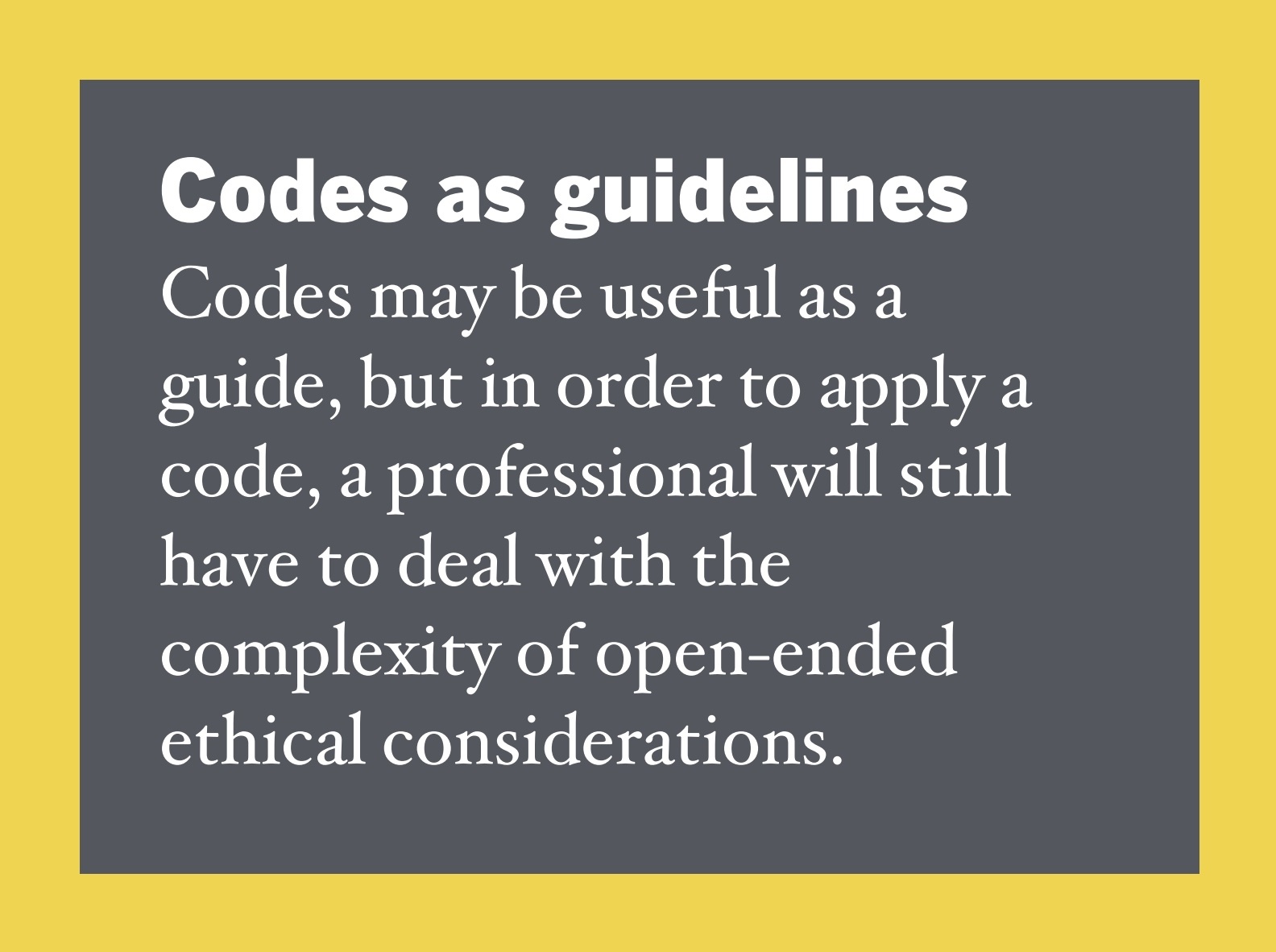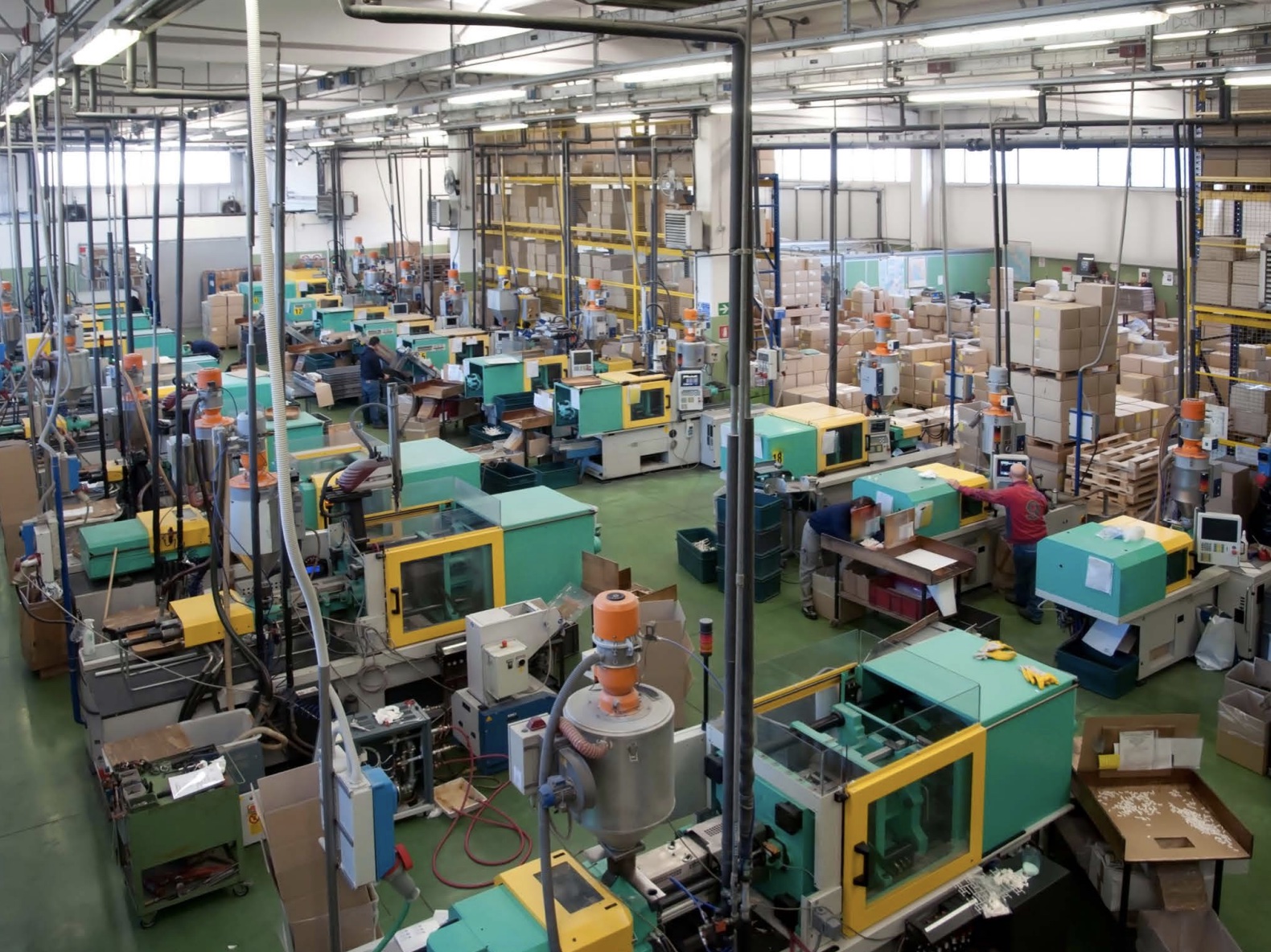Design Ethics - Techonology and us
I was really happy and excited to start the classes with Ariel, after reading his book online. In my design studio as part of the design research division, I had the opportunity to build up the division’s ethical workflow and establish our own principles, based on others’, who are experts in this topic, and Ariel’s work was definitely an inspiration in it.
But there was an interesting statement about it at the begging of the first class that made me think, how can I move forward with the things I established there for a more moral system that is understood and followed the same way by everyone.

Through the first class we talked about Technocratism, and how it is inevitable to not breath technology us as humans. In our system, as much as we can try to avoid it all many of our behaviours, perceptions and our way of thinking is shaped and lead by it. Technological innovation was a must at the time and it created more needs, where technological innovation became an every day must. When we think of a new kind of system, we have to think through every aspect, what does it affect and in which ways.
As an example: the observation that England's consumption of coal jumped after the introduction of efficiency improvements in steam engines, namely the Watt steam engine. What is called the Jerevon's paradox - In economics, the Jevons paradox occurs when technological progress or government policy increases the efficiency with which a resource is used, but the falling cost of use increases its demand, negating the efficiency gains.

During class we questioned ourselves and our so-called interventions, on what kind of ethical scale can we imagine them, and to get specific answers for ourselves for the continuity, Ariel asked the questions below:
- Do our projects moralise implicitly or explicitly? How? My project moralise explicitly, through moralising the decisions and the freedom of speech of kids, through empowerment methods.
- What values are we inscribing or we want to inscribe in the design? What are the value conflicts that emerge? Freedom of speech, Empowerment for decision makin, Triggering conversations
- How are these values materialised into a design? Through participatory gamified approaches
- Does something feel not OK? What is it? Why does it not feel OK? When doing workshops with kids and analysing the materials create as data, for product development
- Could this design damage or harm someone or a group or something worth protecting? In what way? Under which circumstances? It can create a vulnerable dialogue in between vulnerable communities and it can create unnecessary debates in between decision makers and local communities
- Can it be unevenly beneficial to some and harmful to others? In what way? Under which circumstances? It can be uneven, when we talk about communities in different socioecological backgrounds, when we give voice to ones who are aware of it, and when we try to give voice to ones who have bigger and more threatening problems just with their basic necessities
We had a longer conversation with Ariel about these questions, when I also gave some real life examples about the implications and Ariel helped me to align those.

